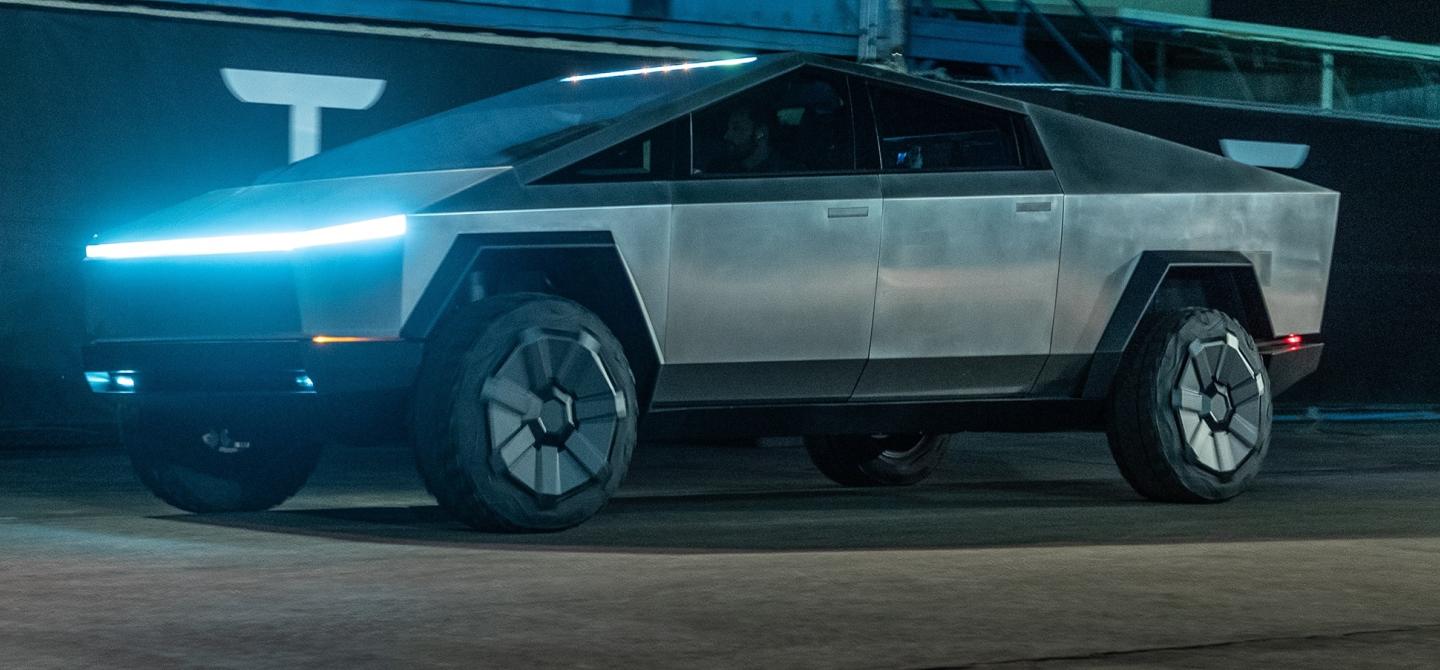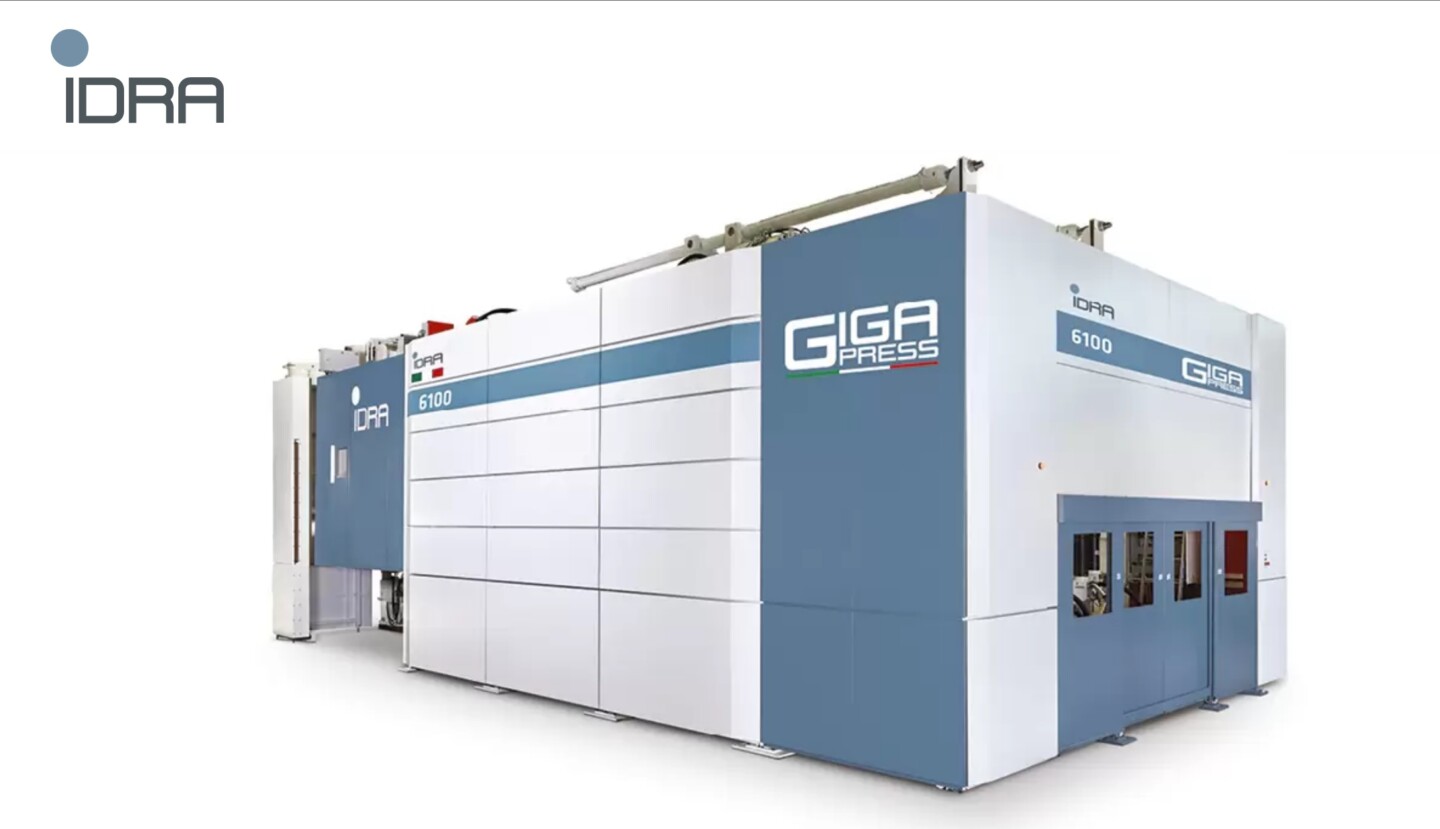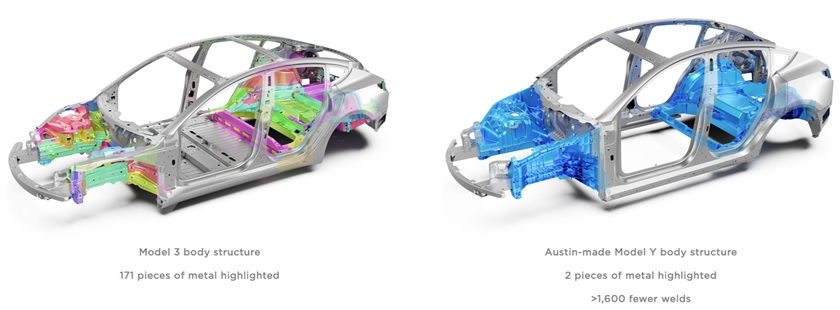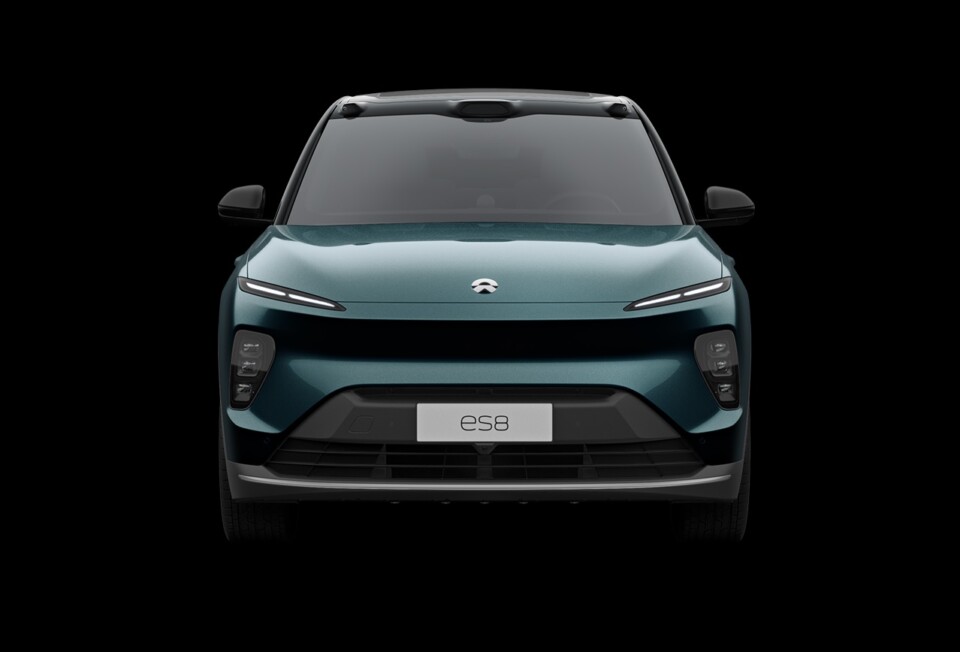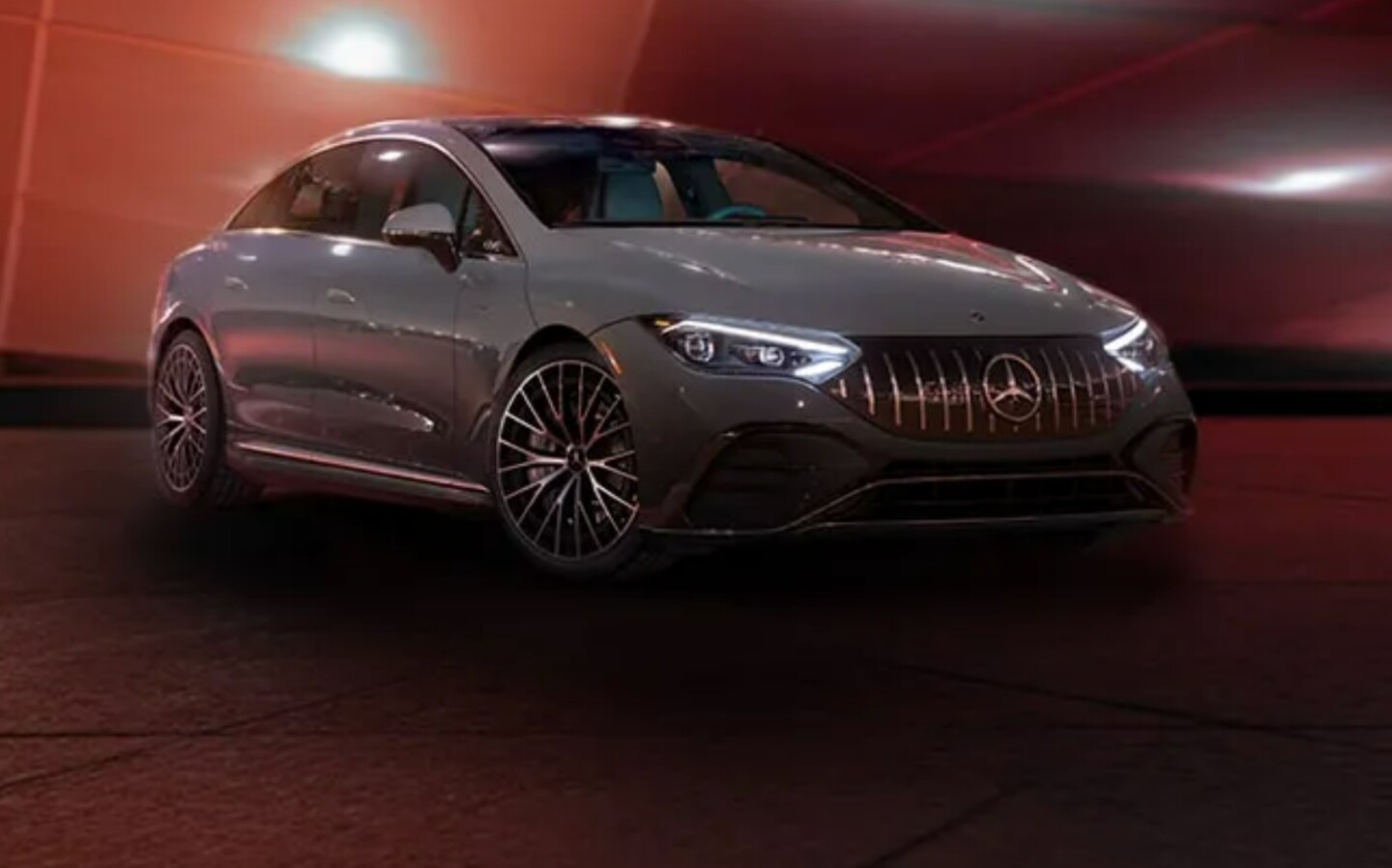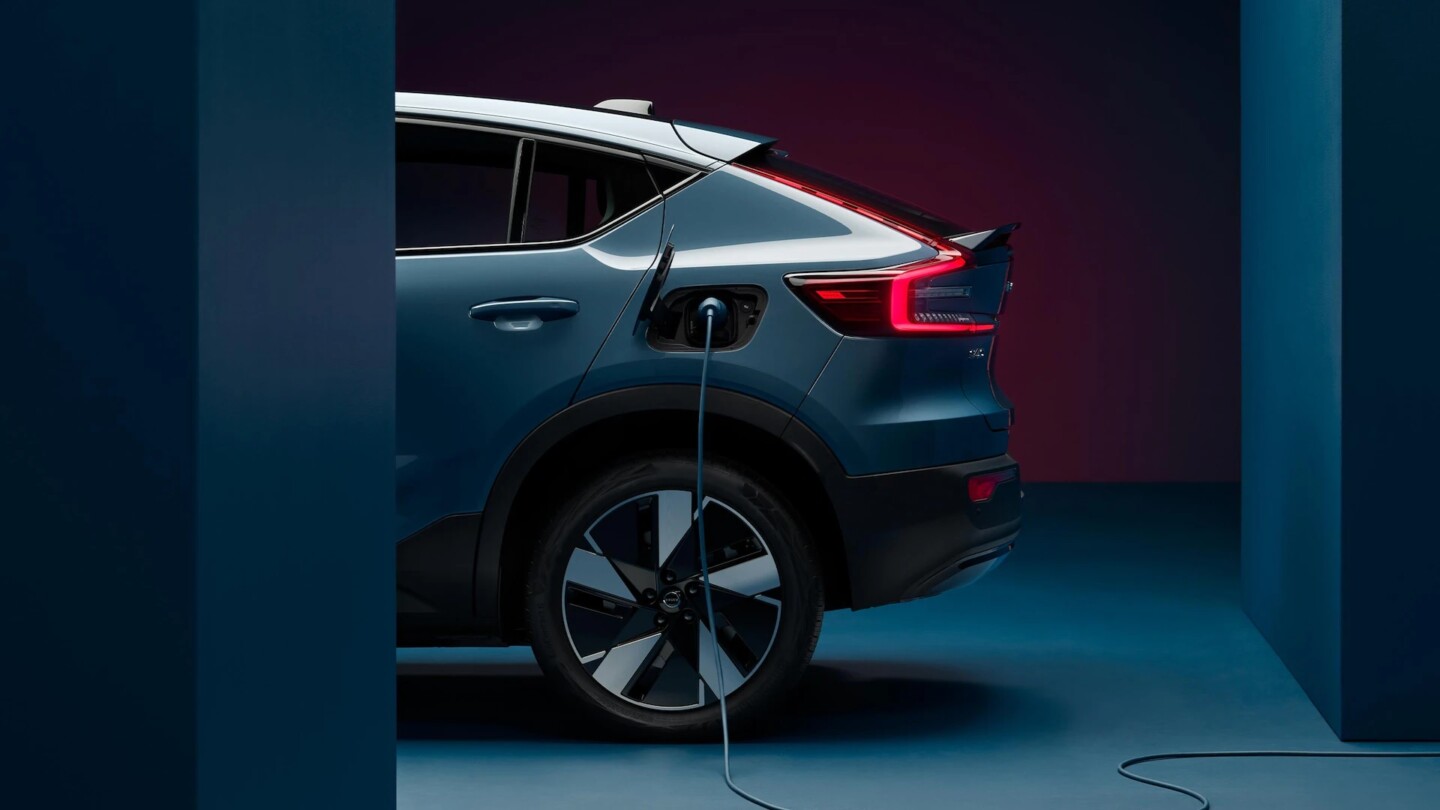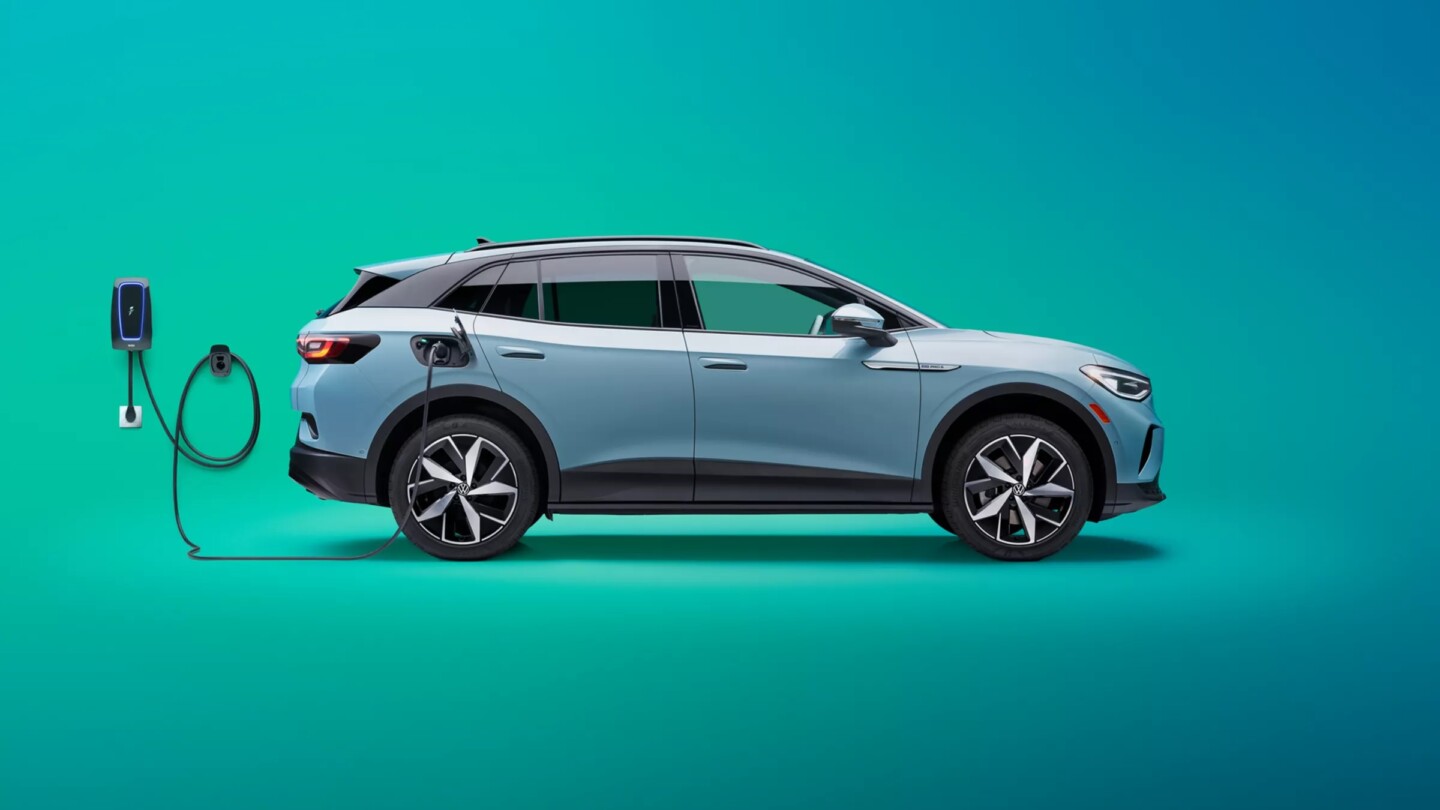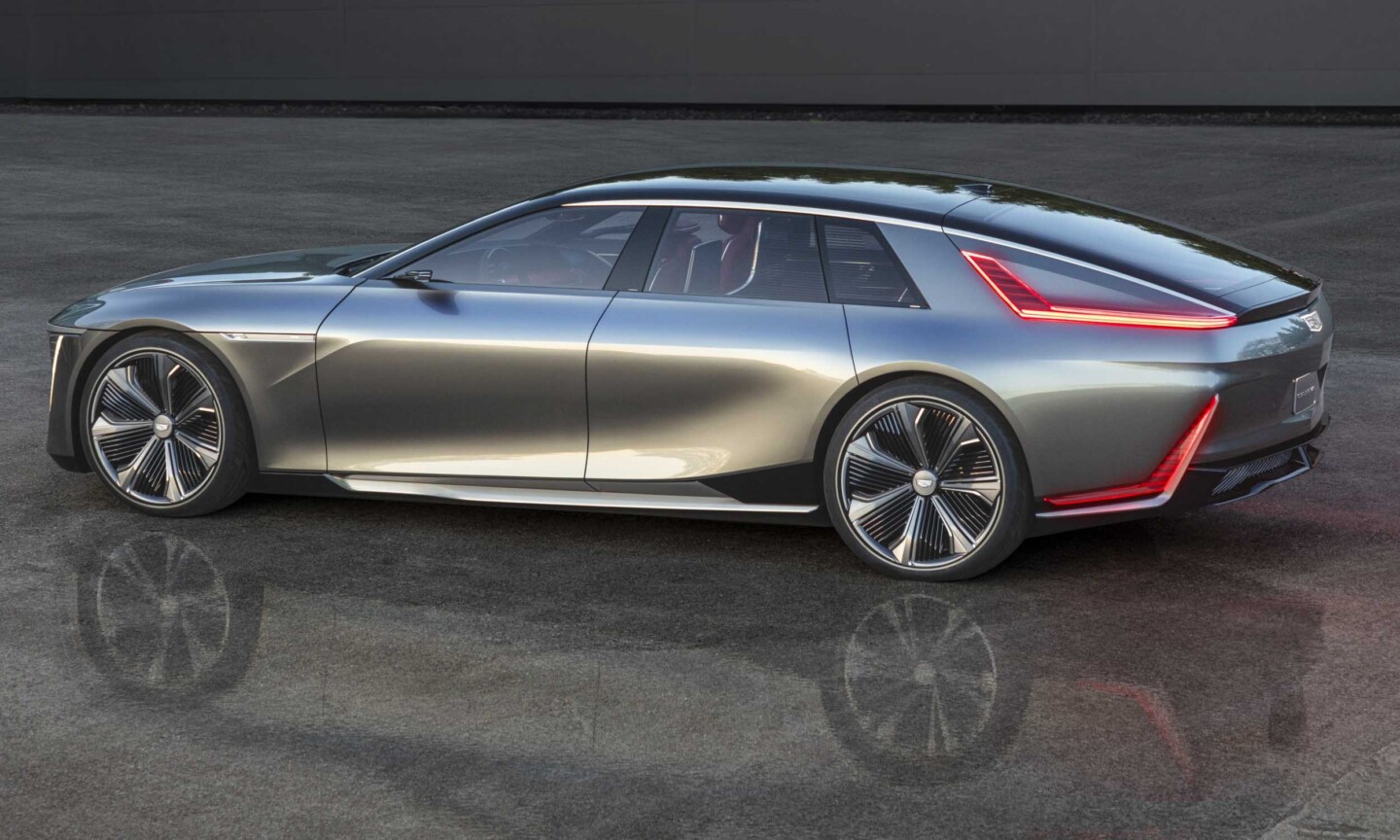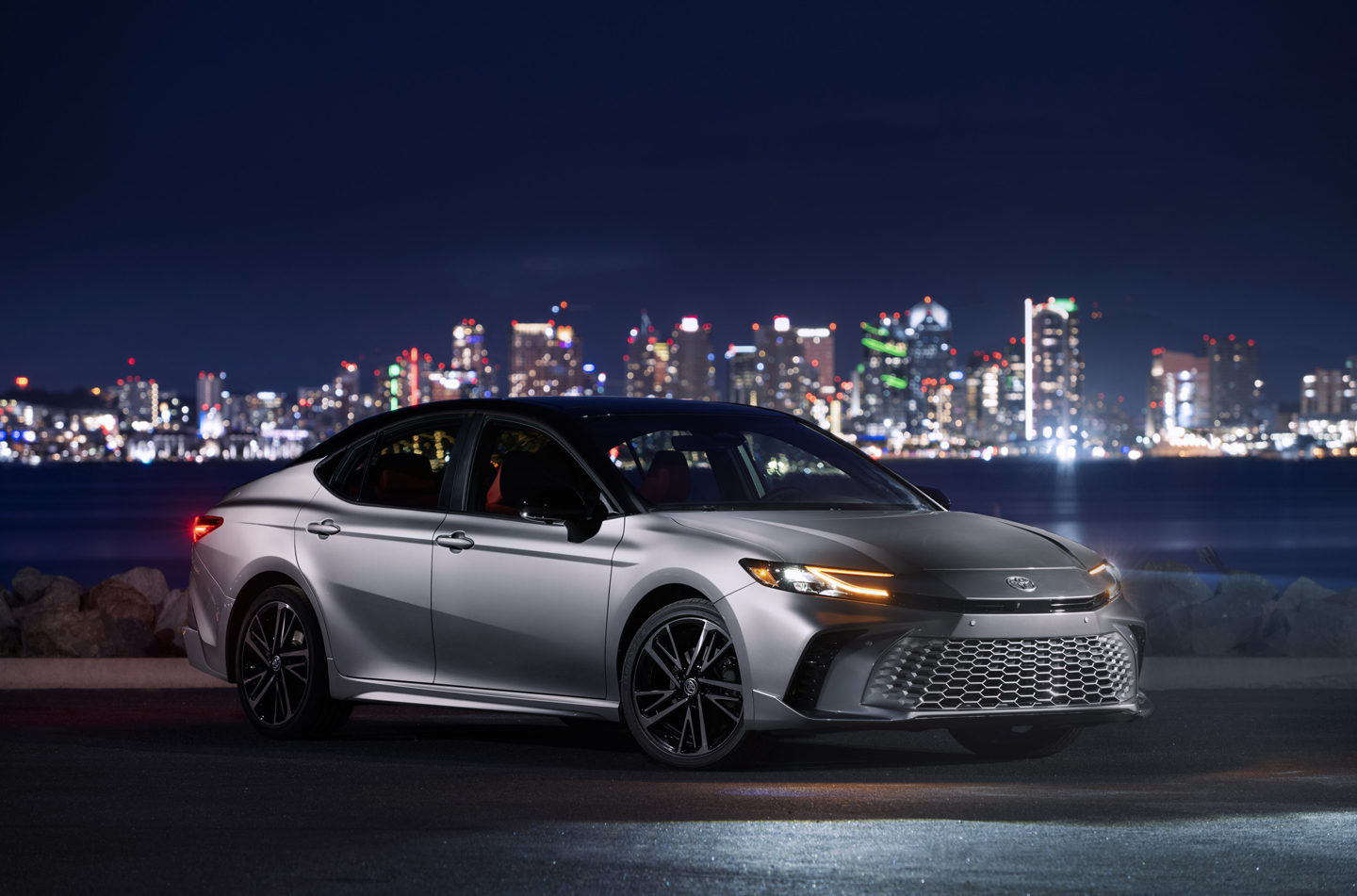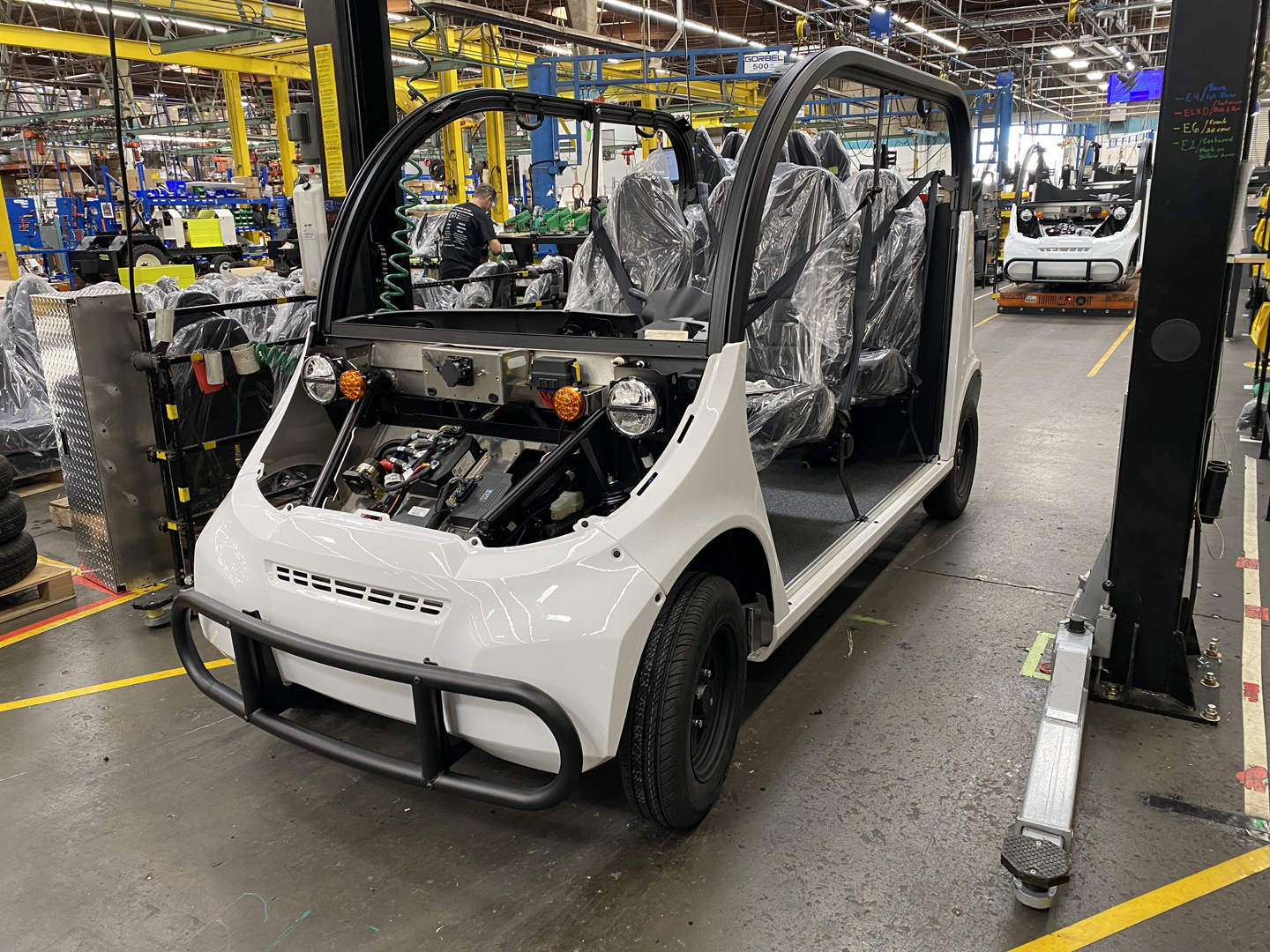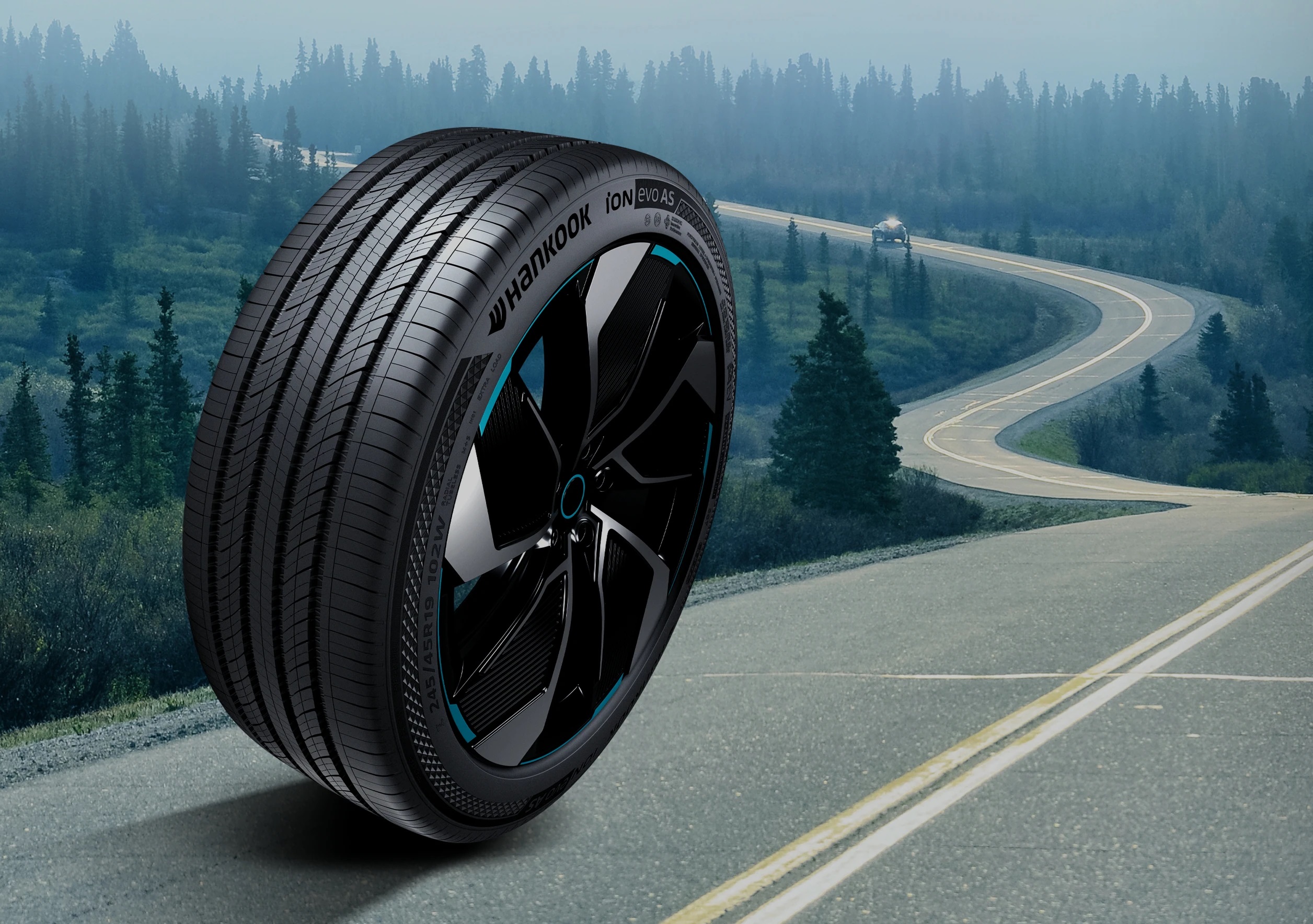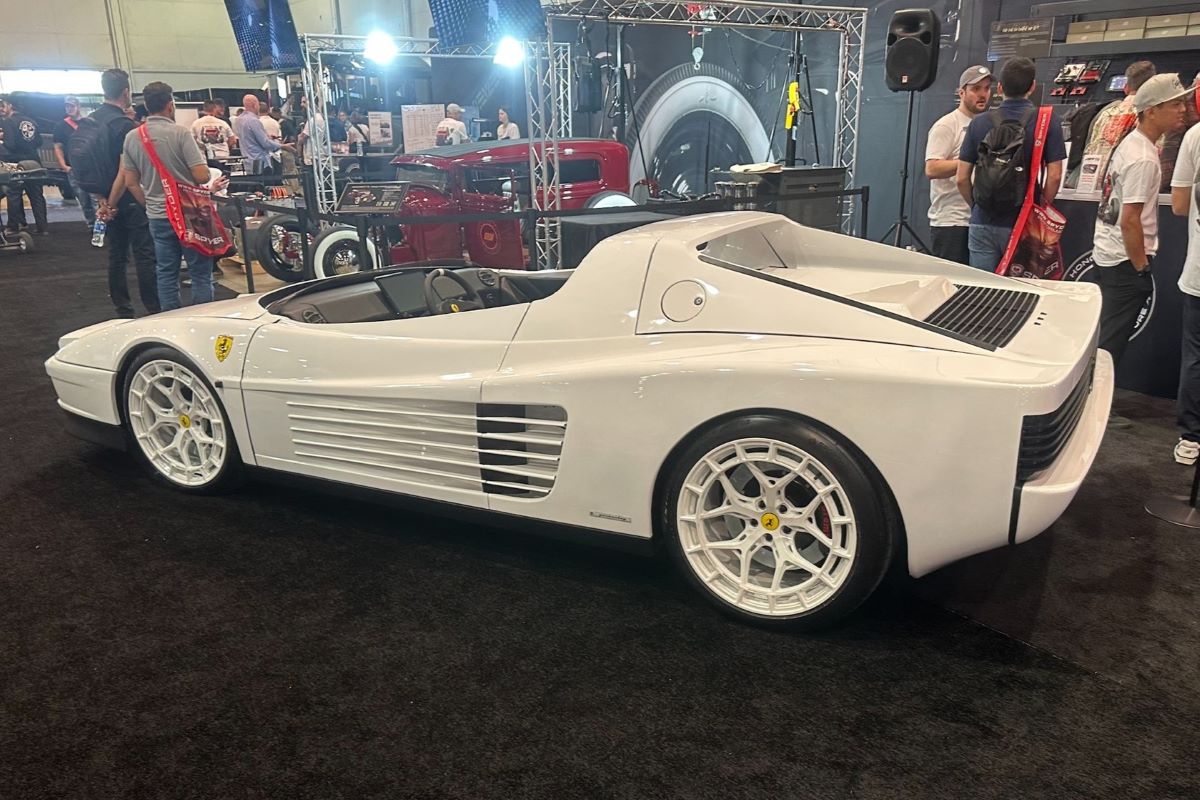The auto industry is constantly innovating and developing new technologies to improve vehicle performance, safety, efficiency, and sustainability. One of the latest trends in auto manufacturing is the use of really big vehicle castings, also known as megacasting. These are large metal parts that are formed by pressing molten metal into a mold, creating a single piece that can replace multiple smaller components.
Megacasting has several advantages over traditional methods of assembling vehicles from smaller parts. They can reduce the weight and complexity of the vehicle, lower production costs and time, increase structural rigidity and durability and simplify the design and engineering process. Megacasting can also enable new vehicle architectures and features, such as more spacious interiors, swiveling seats, roof-mounted airbags, and external light bars.
The pioneer of megacasting technology in the auto industry is Tesla, which started using large factory presses to create enormous individual auto pieces for its Model Y electric crossover. Let’s back up here for a minute and acknowledge the technology that Tesla is using is from gigapress manufacturer IDRA of Italy. Elon says that the machines making the machines are as fascinating as the finished product and we agree.
Tesla’s megacastings include the rear underbody, which is made of a single aluminum piece that weighs 80 kg and replaces 70 parts, and the front underbody, which is made of two pieces that weigh 60 kg each and replace 50 parts. Tesla also plans to use megacastings for its Cybertruck pickup and its Semi truck.
Other automakers are following Tesla’s lead and adopting megacasting technology for their own vehicles. Volvo is using megacastings for its XC90 electric SUV, which will have a single-piece front structure that weighs 45 kg and replaces 33 parts. Mercedes-Benz is reportedly working on megacastings for its EQS electric sedan, which will have a single-piece rear structure that weighs 50 kg and replaces 40 parts. Nio, a Chinese EV maker, is also developing megacastings for its vehicles.
Megacasting technology is expected to become more widespread in the auto industry as more automakers shift to electric vehicles and seek to optimize their manufacturing processes. Megacastings are not only a new way of making vehicles, but also a new way of thinking about vehicle design and engineering.
Like everything in life, there are pluses and minutes, let’s look beyond all the blue sky talk and get to the bottom of all this.
Some of the advantages of giga casting are:
- It reduces the number of parts needed to make a car body, which lowers the weight, material usage, and fuel consumption of the vehicle. This is especially beneficial for electric vehicles, which can increase their range and performance with lighter bodies.
- It allows more flexibility and innovation in vehicle platform engineering, as giga cast parts can integrate different functions and features in a single piece.
- It creates a new approach to car body construction, particularly for electric vehicles, where the battery tray is a crucial component that needs to be integrated with the rest of the body. Giga casting can provide a solution for this challenge.
Some of the disadvantages of giga casting are:
- It requires huge space and investment for factories and foundries to adopt this technology, as giga-casting machines are very large and expensive.
- It may not be suitable or cost-effective for all vehicle models and facilities, as some designs and geometries may be easier to achieve with traditional sheet metal shell construction.
- It poses some technical challenges for engineers, such as achieving the correct wall thickness, joining giga-cast parts with sheet metal parts, and ensuring the quality and durability of the castings.
- In terms of reparability, the casting component can’t be straightened or even replaced. If it bends or breaks, the vehicle will be a total loss.
- Giga casting is a disruptive technology that has the potential to transform the automotive industry and make it more sustainable. However, it also requires significant changes and adaptations from manufacturers and engineers to overcome its challenges and limitations.
Mega-casting technology has inspired many other automakers to follow suit and adopt similar solutions for their electric vehicles.
Nio and Xpeng: The Chinese Followers
Nio and Xpeng are two Chinese electric vehicle startups that have already ordered injection molding machines capable of 12,000 tons of force from IDRA Group, following Tesla’s lead. Both companies aim to use mega-casting for their future models, such as the Nio ET7 sedan and the Xpeng P7 wing edition. Nio and Xpeng hope to gain a competitive edge in the Chinese market by leveraging mega-casting technology to reduce costs, improve quality, and increase efficiency.
Mercedes-Benz: The Premium Adopter
Mercedes-Benz is another automaker that has shown interest in mega-casting technology for its electric vehicles. The German luxury brand is planning to use mega-casting for its EQXX concept car, which was unveiled at the Consumer Electronics Show in January 2022. The EQXX is a technological showcase that aims to achieve a range of over 1,000 km on a single charge, using a battery pack of less than 100 kWh. To achieve this ambitious goal, Mercedes-Benz is focusing on reducing weight and improving aerodynamics, which mega-casting can help with.
Mercedes-Benz is also working on a new project called Bionicast, which applies bionic engineering principles to optimize the design and material usage of mega-castings. The project aims to create parts that are lighter, stronger, and more efficient than conventional castings.
Volvo: The Swedish Innovator
Volvo is another premium automaker that has announced its intention to use mega-casting technology for its electric vehicles. The Swedish company is investing more than one billion euros in its future EVs and is seeking to meet several objectives with mega-casting, such as reducing weight, improving interior space, and enabling modular design. Volvo expects to achieve a 15% weight reduction compared to steel solutions by using mega-casting.
Volvo is also collaborating with Gestamp, a Spanish supplier of metal components, to develop new solutions for mega-casting. The partnership aims to create parts that are more sustainable, recyclable, and adaptable to different vehicle platforms.
Volkswagen: The Mass-Market Challenger
Volkswagen is yet another automaker that has revealed its plans to use mega-casting technology for its electric vehicles. The German giant is working on a new project called Trinity, which will be based on an updated version of its modular electric platform (MEB). Trinity will feature Tesla-like manufacturing processes, including potential mega-casting and ramped-up automation, aiming to speed up production and lower costs.
Volkswagen hopes to use Trinity as a basis for creating various models across its brands, such as Audi, Skoda, and Seat. The project also aims to introduce new features such as autonomous driving, over-the-air updates, and bi-directional charging.
General Motors – Legacy Big Kahuna
GM has long been an innovator in car assembly. It introduced the first production fiberglass car body in 1953, lost foam casting it pioneered with its Saturn brand, hydroforming technology, and it has implemented megacastings into its Celestiq supercar. how extensive the technology will be spread throughout its product portfolio remains to be seen, but we think there’s more coming.
In Summary
Mega-casting technology is clearly gaining momentum in the automotive industry, especially among electric vehicle manufacturers. The benefits of mega-casting are undeniable: it can reduce weight, improve performance, simplify assembly, lower costs, and enhance sustainability.
However, there are also some challenges and risks associated with mega-casting technology: it requires huge investments in equipment and infrastructure; it poses difficulties in repairability and recyclability; it may affect crashworthiness and safety; and it may face regulatory hurdles and consumer acceptance issues.
So, it remains to be seen how mega-casting technology will evolve and impact the automotive industry in the future. Will it become the new standard for electric vehicle production? Will it be adopted by more automakers across different segments? Will it be able to overcome the technical and serviceability barriers? These are some of the questions that will shape the future of mega-casting technology.


